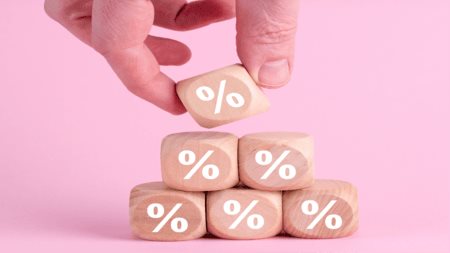Buying a house is one of the biggest decisions in life and, albeit an exciting one, it is not to be taken lightly especially when it concerns home loans, lending rates and repayments.
Here is a lowdown of everything you need to know about interest rates:
Personal interest rate
A personal interest rate is as unique as a home and the individual who buys it. It is determined using a number of criteria and is based on the client’s risk profile. Interest rate is one of the key costs to consider when comparing home loans.
Prime lending rate, prime minus and prime plus
The prime lending rate is currently 10% and is effectively the starting point that banks use to calculate interest rates for clients. It covers the bank’s basic profit margin, which is then set higher or lower based on the applicant’s risk profile. A riskier individual would get an above-prime loan, which would be at prime plus, for example, prime plus 1% making it a lending rate of 11%. A low-risk client could get prime or lower, for example, prime minus 1%, which means a lending rate of 9%.
What determines interest rates?
The prime lending rate is a marked-up version of the repo rate. The repo rate is the interest rate commercial banks pay to borrow money from the Reserve Bank. At the moment it is sitting at 6,5%. By raising or lowering the repo rate, the Reserve Bank makes it more or less expensive for commercial banks to borrow money. This in turn affects how affordably they can lend money to consumers and this determines the prime lending rate.
The repo rate changes according to the economic climate. Higher interest rates make borrowing money more expensive thus deterring people from making big investments, so there is less money circulating in the economy which slows down inflation. To kick start a sluggish economy, interest rates are lowered to encourage investment.
If the repo rate goes up, prime goes up and the amount you pay on your bond increases. If the repo rate goes down, prime goes down and those savings are passed on to you. For example, if your bond is prime plus 1% and the lending rate climbs from 10% to 10.65% then your monthly instalments on your bond increase, and vice versa if prime decreases.
A lower interest rate means more affordable monthly repayments as well as substantial savings on the total cost of your home over the lifetime of the bond. If there is a hike in interest rate, however, it could significantly affect your cash flow as your bond repayments would increase.
Fixed interest rates
Banks also provide the option of a fixed interest rate home loan structure, usually for a specific length of time of up to five years. This means that the interest rate doesn’t fluctuate during the fixed-rate period, allowing you to accurately predict and plan for future payments as you will know exactly what your repayments are.
Gerrit Disbergen, Director of Engel & Völkers Financial Services says that usually, consumers fix their interest rate if they believe that the interest rate cycle is on an upward trajectory. This said, the decision to fix a home loan interest rate depends on individual circumstances and should be a carefully considered option. It is ideal for consumers who own multiple properties as the stable rates would buttress against future rate hikes. The disadvantage of this option is that it could result in the homeowner missing out on savings should the Reserve Bank decide to switch to an interest rate reduction cycle.
“At the end of the day, interest rate must work in your favour and fit in with your financial profile. Do your research and speak to a financial consultant and bond originator before deciding on a home loan option. EV Financial Services is well placed to assist you in obtaining the best interest rate for your home loan” Gerrit concluded.



